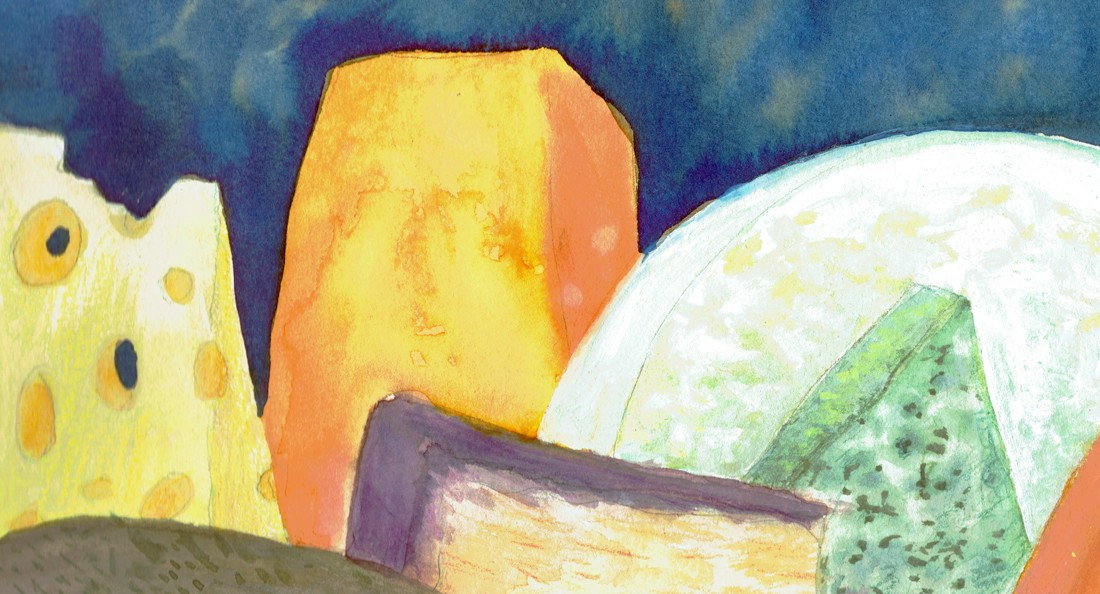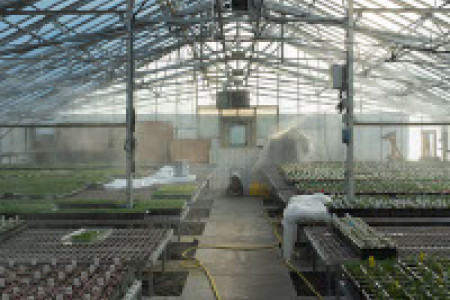The scoop on vegan cheez
Local, nutty and fermented cheese alternatives
“Nut cheese” isn’t what it sounds like. Created by fermenting a blend of nuts, grains and spices, the product is a homemade alternative to store-bought vegan cheese.
“It’s hard to come up with a name that really communicates what it is,” Natalie Elizabeth, co-founder of Edible Alchemy, admits.
Similar dairy-free or vegan imitations are usually referred to as cheez and are great for vegans looking to satisfy a craving. The alternative spelling stems from labelling legalities (according to the Canadian Food Inspection Agency, “cheese” must come from a lactating animal).
“I think vegans are drawn to the flavour of animal products they no longer consume, so it’s kind of a marketing point,” Elizabeth says.
Cheez can be made from a variety of bases that create a gooey simulacrum of the real deal. While Elizabeth swears by the creaminess of cashews, the popular brand Daiya uses tapioca starch as their main ingredient.
However, the nutritional value in soy- and tapioca-based cheez is questionable.
“I think it’s more about satisfying a craving than for nutrition,” Alison Burdeny, a former member of the vegan collective Mondragon, explains.
Creating a cheese-like product is an art of taste testing and blending ingredients.
“There’s all kinds of things you can use to simulate different flavours of cheese: miso, nutritional yeast, paprika, toasted sesame seeds, turmeric,” Elizabeth says.
The most important part of the process is fermentation.
“You create a chemical reaction that changes the texture and makes everything more creamy and tangy over time,” Elizabeth says. The enzymes also break down the ingredients, so they are easier to digest.
Elizabeth recommends the use of rejuvelac, a substance created from sprouting grains, to create the ideal acidic conditions. “Being umami, it adds a good seasoning as well,” she says.
Edible Alchemy is also concerned with food waste and local sourcing.
“I try to get my ingredients locally, if possible,” Elizabeth says. Any sprouted seeds leftover from making rejuvelac is blended and added to the cheez.
They also use things that are low-cost and shelf stable.
“I like to use pumpkin and sunflower seeds, then combine that with local grains, such as buckwheat,” Elizabeth says.
Mass-produced brands like Daiya offer a certain amount of convenience that isn’t there with homemade cheez.
“Having pre-made products is less effort and gives vegans the luxury of not having to cook everything from scratch,” Burdeny explains.
But buying alternatives at the store can be expensive.
“It isn’t very socially reinforced in Winnipeg,” Burdeny says. Elizabeth agrees that it is worth taking the time to make the nut cheez to save on money and gain additional nutrients.
People have tried to come up with other names to describe the product, including cultured cheese, cultured spread and cheese alternative.
“I think the term ‘cheese alternative’ is a bit dismissive, since it implies that our product is secondary to dairy cheese,” Elizabeth says.
Nut cheez is fermented, making it similar to the real deal. Elizabeth believes that nut cheezes may not yet be mass produced, because fermentation contradicts a lot of ideas people have about germs.
“Fermentation is pretty absent from people’s lives,” she says.
The recipe for nut cheez can be found at ediblealchemy.co
Published in Volume 72, Number 2 of The Uniter (September 14, 2017)






